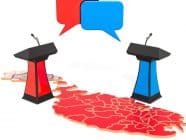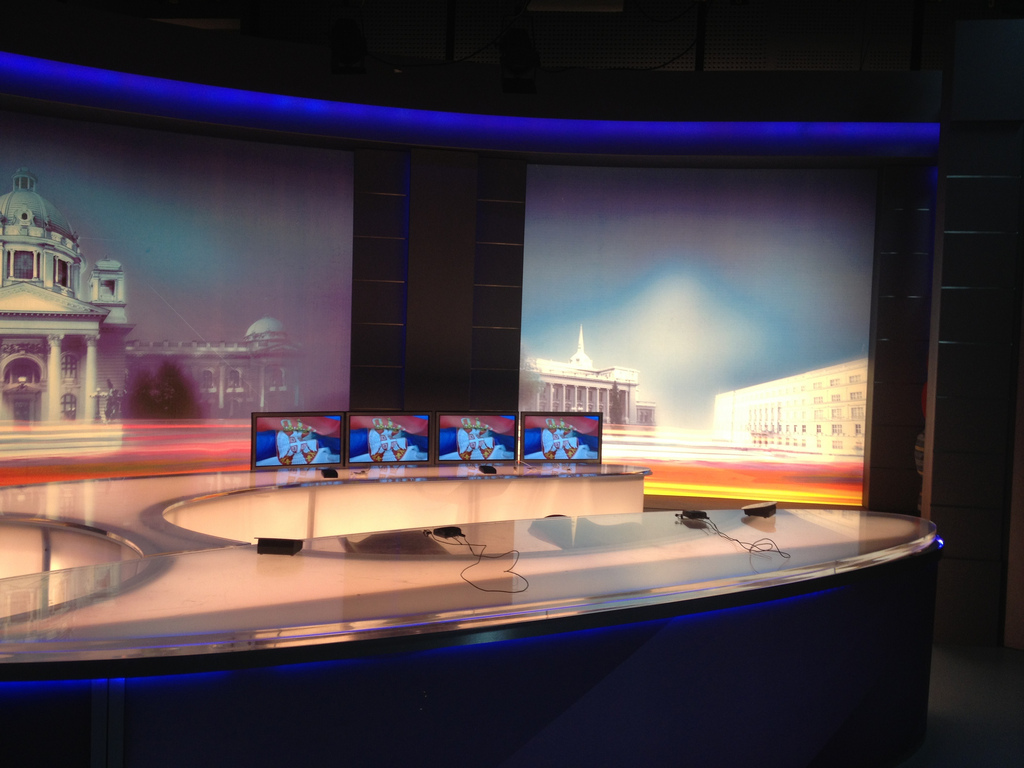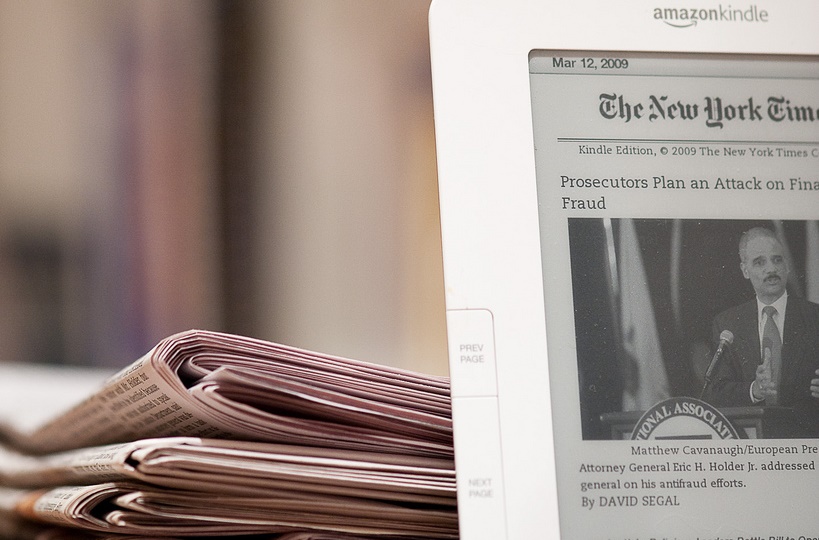The connections between media and politics are deeply rooted in the Italian society and it seems very difficult to separate them, even without the media baron Silvio Berlusconi as the head of the Italian government. This is one of the primary results of a comparative study by the Italian political scientist Antonio Ciaglia. He has analyzed the relationship between the media and political systems in the United Kingdom, Germany and Italy, and has come to the conclusion that in all three countries the political players exert influence on the media, but to varying degrees. The research was published recently in the European Journal of Communication.
In the first part of his analysis, Ciaglia focuses on the three countries through their public service broadcasting namely, Radiotelevisione Italiana (RAI), British Broadcasting Corporation (BBC) and Zweites Deutsches Fernsehen (ZDF). He compares how many politicians are represented in the boards of management of these public service companies and to what extent they intervene in the management of the public service broadcasting. In the second part, he describes how media permeates the respective political system and demonstrates how many parliament members in Italy, the UK and Germany were, or are, still working as journalists.
In the UK the members of the ‘BBC Trust’, the broadcasting council of the BBC, are formally appointed by the Queen with the recommendation of the government, but they are required to make an application and undergo a specific selection process. Only after an interview, the panel namely, a representative of the Department for Culture, Media and Sport (DCMS), the Chairperson of the Trust and an independent assessor, recommends selected candidates to the government. With exception of the Chairperson, who has held prestigious positions in public and cultural institutions, none of the members, or ‘Trustees’, are overtly political, according to Ciaglia’s study. Thus the appointment of the trustees by the government does not represent a high risk of politicization of the public service broadcasting, Ciaglia concludes.
In Germany, political players are represented in the management boards of the public service broadcasting stations ARD and ZDF but so are others. There, the decision-making power is shared among a plurality of socially relevant players.
The ‘ZDF-Fernsehrat‘ consists of an assembly of 77 members. These include government representatives of the 16 federal states and the local authorities as well as representatives of trade unions, the churches, employers’ associations, journalists’ associations and environmental associations. The leaders of the federal states appoint the members of the Fernsehrat under recommendation by the respective associations.
Approximately, half of the members have clear links to politics – however, there are more politicians in the Fernsehrat than the composition reveals since many association representatives are themselves members of a political party. According to Ciaglia, this is a weakness of the ZDF management board. The composition of the Fernsehrat will also be tried in front of the German Federal Constitutional Court in November. The federal states Rhineland-Palatinate and Hamburg have filed a suit because in their view there are too many representatives from the government and political parties in the Fernsehrat which breaches the requirement of separation of state and public media.
However, Ciaglia emphasizes, the decision power at the German ZDF does not solely lie in the hands of the political parties. Hence, Ciaglia classifies the ZDF as the so-called ‘civic model’ of public broadcasting; the RAI is graded as ‘government model’.
In Italy the situation appears completely different. In the Consiglio d’Amministrazione (CdA), the management board of the public service broadcaster RAI, all nine members are linked to a political party. The CdA has been heading the broadcast station since 2004, after an amendment of the media law (‘Legge Gasparri’) was passed. “Since then, the broadcasting in Italy has become even more political”, Ciaglia states, as the composition of the board reflects the balance of political power in the chambers of deputies.
Seven members of the CdA are appointed by the Parliamentary Committee for Vigilance of the RAI, and two by the Ministry of Finance and Economic Affairs. Both of these are shareholders of the RAI. The president of the CdA is appointed by the opposition.
To answer the question whether a country with a highly politicized media system has a higher number of journalists in politics, Ciaglia has examined the composition of the parliaments in the UK, Germany and Italy.
In the British House of Commons more than a quarter of the parliamentarians are ‘professional politicians’ who exclusively follow a political career. 22 percent of the deputies are executives, 12 percent are lawyers. Journalists only represent 6.5 percent of the parliamentarians.
In the German Bundestag only 9.5 percent of the deputies are ‘professional politicians’. The most popular profession, making up 21 percent of parliamentarians, is law. Business executives constitute 19 percent. Journalists are represented with almost 4 percent.
The structure of the Italian parliament differs notably from the ones of the other two countries. Journalists and lawyers are the most represented in parliament, with each group making up 12.4 percent of deputies. Thus, 118 members of parliament are registered with the Ordine dei Giornalisti, the professional association of Italian journalists. Some of these members even have continued to work as a journalist in parallel. Almost 11 percent of the parliamentarians are entrepreneurs; almost 10 percent are executives. Thus, according to Ciaglia, Italy has both a highly politicized public service broadcasting and a political system made up of journalists.
Ciaglia, Antonio (2013): Politics in the media and the media in politics: A comparative study of the relationship between the media and political systems in three European countries. In: European Journal of Communication, 28. Jg., H.5, S. 541-555.
This articles was translated by the author from the German “Kaum zu trennen – Medien und Politik“
Photo credit: Thommy Weiss (Italian Flag) ; Sigrid Rossmann (TV) / both from pixelio.de
Tags: BBC, British Broadcasting Corporation, Italian Media, media, media and politics, Political influence, Politics, radiotelevisione italiana, Rai, ZDF, Zweites Deutsches Fernsehen














































